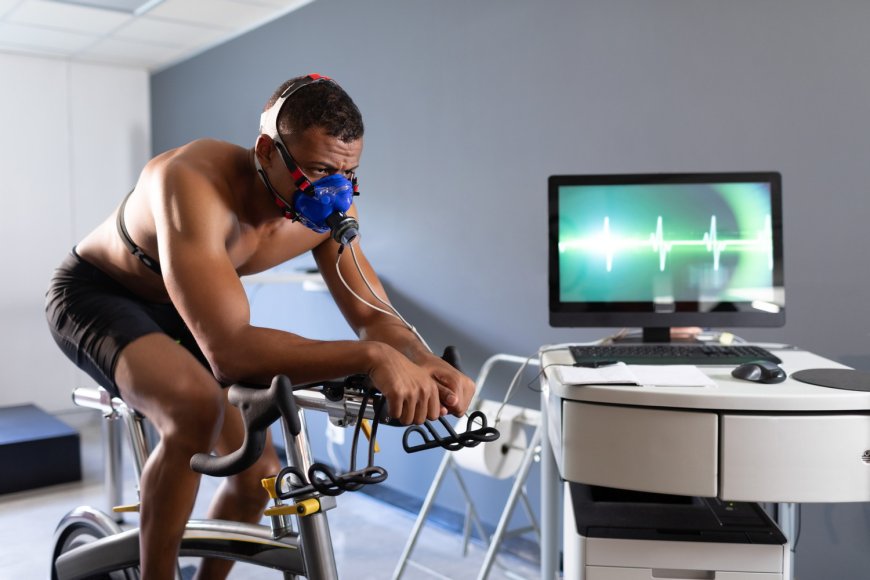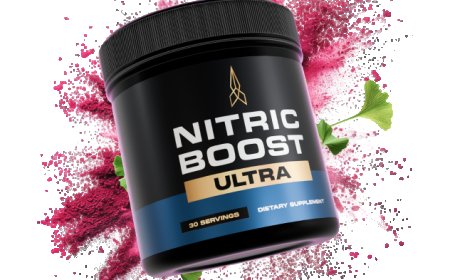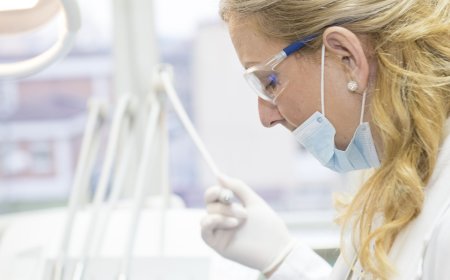How Breathing Techniques Enhance Oxygen Delivery During Sports
In sports, effective oxygen delivery to muscles is crucial for performance, endurance, and recovery. Athletes continually seek ways to improve their stamina, optimize energy levels, and enhance their athletic performance.

In sports, effective oxygen delivery to muscles is crucial for performance, endurance, and recovery. Athletes continually seek ways to improve their stamina, optimize energy levels, and enhance their athletic performance. One of the most effective yet often overlooked tools for achieving these goals is the power of proper breathing techniques. Breathing strategies, when employed correctly, can significantly impact oxygen delivery to the muscles, delay fatigue, and accelerate recovery. In this article, we’ll delve into how breathing techniques enhance oxygen delivery during sports, exploring their physiological benefits and practical applications. We’ll also touch on the emerging trend of EWOT benefits for athletes, which further supports performance and recovery.
Understanding Oxygen Delivery in Sports
When we breathe, our lungs absorb oxygen from the air and transport it into the bloodstream. The heart pumps oxygen-rich blood to muscles, where it’s used for energy production. During physical activity, this process becomes more demanding, as muscles require more oxygen to fuel sustained effort. If the body can’t deliver enough oxygen, performance declines, fatigue sets in, and recovery becomes prolonged.
Oxygen delivery is not just about how much oxygen is available but also how efficiently it is transported to tissues. Proper breathing techniques can influence both the rate of oxygen intake and its effectiveness in reaching muscle tissue. Certain techniques can stimulate more oxygen intake, improve blood circulation, and even help the body adapt to higher altitudes, thereby improving athletic performance.
The Role of Breathing Techniques
-
Diaphragmatic Breathing: One of the fundamental techniques that athletes use to improve oxygen delivery is diaphragmatic breathing, also known as belly breathing. This technique emphasizes deep, full breaths that fully expand the diaphragm, enabling greater lung capacity and oxygen intake. Unlike shallow chest breathing, diaphragmatic breathing allows for more efficient gas exchange in the lungs and better delivery of oxygen to the bloodstream.
Athletes who practice diaphragmatic breathing can improve lung capacity and prevent shallow breathing, which may result in less oxygen being available for muscle activity. This method also helps regulate the heart rate and reduce stress, both of which contribute to better athletic performance. -
Nasal Breathing: Another important technique for athletes is nasal breathing. While it may seem intuitive to breathe through the mouth during intense physical exertion, nasal breathing has significant benefits for oxygen delivery. Breathing through the nose helps filter, warm, and humidify the air, making it more suitable for absorption by the lungs.
Nasal breathing also encourages diaphragmatic breathing and can help maintain an even rhythm throughout endurance activities. By slowing down the breathing rate and preventing hyperventilation, athletes can avoid oxygen depletion, stabilize their energy levels, and maintain endurance. -
Pursed-Lip Breathing: Pursed-lip breathing, commonly used in recovery phases, involves breathing in through the nose and exhaling slowly through pursed lips, similar to blowing out a candle. This technique helps keep the airways open longer, improving the expulsion of carbon dioxide from the body and enhancing the uptake of oxygen. By slowing down the exhalation phase, athletes can maintain a steady flow of oxygen into their lungs and improve their overall endurance.
-
Box Breathing (Square Breathing): Box breathing is a powerful technique used to regulate the breath and maintain mental focus. It involves inhaling for a count of four, holding the breath for four counts, exhaling for four counts, and holding again for four counts. This rhythmic pattern increases control over breathing, helps reduce stress, and ensures that the athlete is breathing in a consistent and steady manner during physical exertion. This technique is especially beneficial for sports requiring mental clarity and focus, such as swimming or long-distance running.
-
Breath-Holding Exercises: Another popular technique for enhancing oxygen efficiency is breath-holding exercises, often practiced by athletes in high-endurance sports such as diving or long-distance running. Breath-holding helps improve the body’s ability to tolerate CO2 and increases the oxygen-carrying capacity of the blood. Over time, athletes who use this technique can experience an improved tolerance to lactic acid buildup, reduced fatigue, and better overall performance.
The Importance of Breathing for Oxygen Delivery
Breathing techniques have an immediate effect on oxygen intake, but they also influence longer-term adaptations. Here’s how specific breathing methods can help optimize oxygen delivery:
-
Increased Lung Capacity: By consciously engaging in deeper breathing, athletes can train their lungs to expand more fully, thereby increasing the amount of oxygen taken in with each breath. Over time, this translates into improved overall oxygen uptake during exercise.
-
Improved Circulation: Breathing properly can enhance blood circulation by lowering stress levels and improving heart rate variability. Good circulation ensures that oxygen-rich blood reaches muscles more efficiently, allowing athletes to maintain peak performance for longer durations.
-
Elevated CO2 Tolerance: Breathing techniques like breath-holding and diaphragmatic breathing improve the body’s ability to tolerate higher levels of CO2, which in turn helps manage the buildup of lactic acid. This results in improved endurance and reduced muscle fatigue during high-intensity activities.
-
Enhanced Mental Focus: By incorporating controlled breathing patterns, athletes can improve their mental clarity and focus, which is essential during competition. Techniques like box breathing are especially effective in preventing anxiety and maintaining a calm state under pressure.
EWOT Benefits for Athletes
Another valuable method for enhancing oxygen delivery and athletic performance is Exercise With Oxygen Therapy (EWOT). This technique involves exercising while breathing oxygen-enriched air. Athletes use EWOT to increase the oxygen concentration in their blood, enhancing their workout performance and accelerating recovery. This is especially beneficial in endurance sports, where oxygen delivery to muscles is critical.
EWOT benefits for athletes include faster recovery times, reduced muscle fatigue, improved cardiovascular health, and an enhanced ability to perform under extreme conditions, such as high altitude. Athletes who engage in EWOT may also experience increased stamina, heightened mental clarity, and reduced muscle soreness after intense training sessions. As a result, many professional athletes are incorporating EWOT into their training regimes to boost performance and achieve quicker recovery times.
Practical Tips for Athletes
To optimize oxygen delivery through breathing techniques, athletes can follow these practical tips:
-
Incorporate Breathing Techniques into Warm-Up: Begin your training sessions with 5–10 minutes of diaphragmatic or box breathing to prepare your body for the physical activity ahead.
-
Focus on Breathing During Intense Exercise: Use nasal or pursed-lip breathing during high-intensity exercises to ensure a steady flow of oxygen and to avoid hyperventilation.
-
Use Breathing for Recovery: After intense training, use pursed-lip or diaphragmatic breathing to help relax your body and reduce muscle tension. This promotes recovery by accelerating oxygen delivery to tissues in need of repair.
-
Incorporate EWOT: If possible, consider integrating EWOT sessions into your routine. You can work with a trainer or specialized facility that offers EWOT to maximize your oxygen intake during exercise.
Conclusion
Breathing techniques are an often-overlooked but powerful tool for athletes looking to enhance performance, boost endurance, and recover faster. By optimizing oxygen delivery to muscles, reducing fatigue, and improving circulation, these techniques can provide a competitive edge for both amateur and professional athletes. Additionally, with innovations such as EWOT benefits for athletes, there are even more ways to optimize oxygen use and accelerate recovery. By making breathing exercises a part of your athletic regimen, you can unlock new levels of performance and improve your overall well-being in sports.
What's Your Reaction?

























